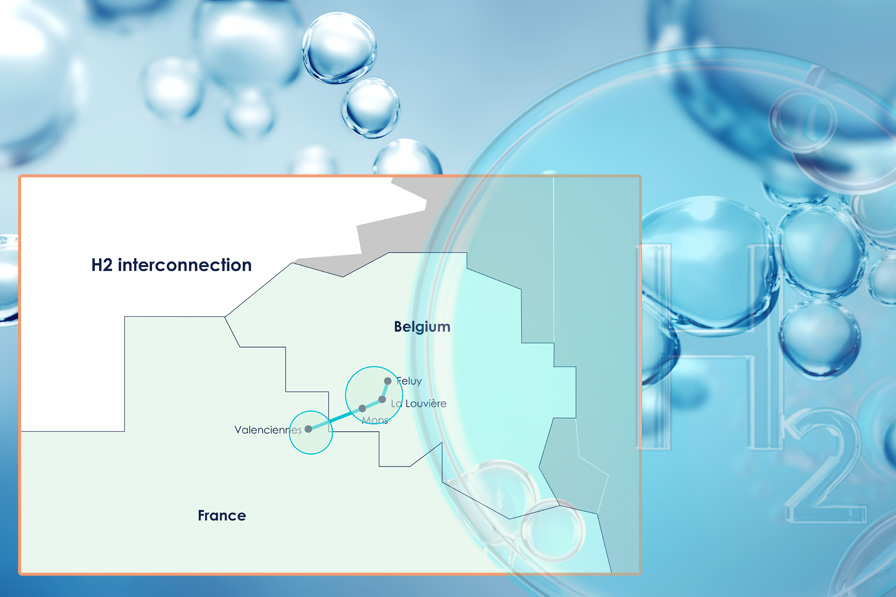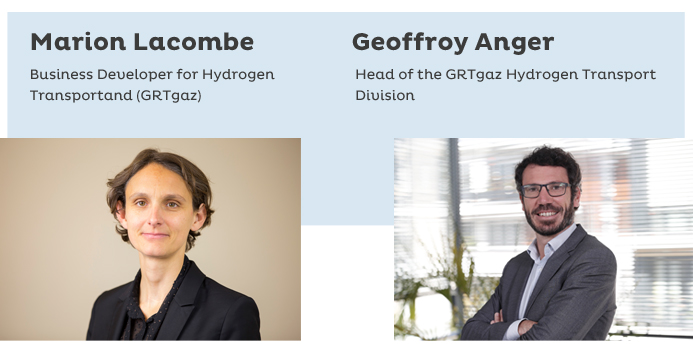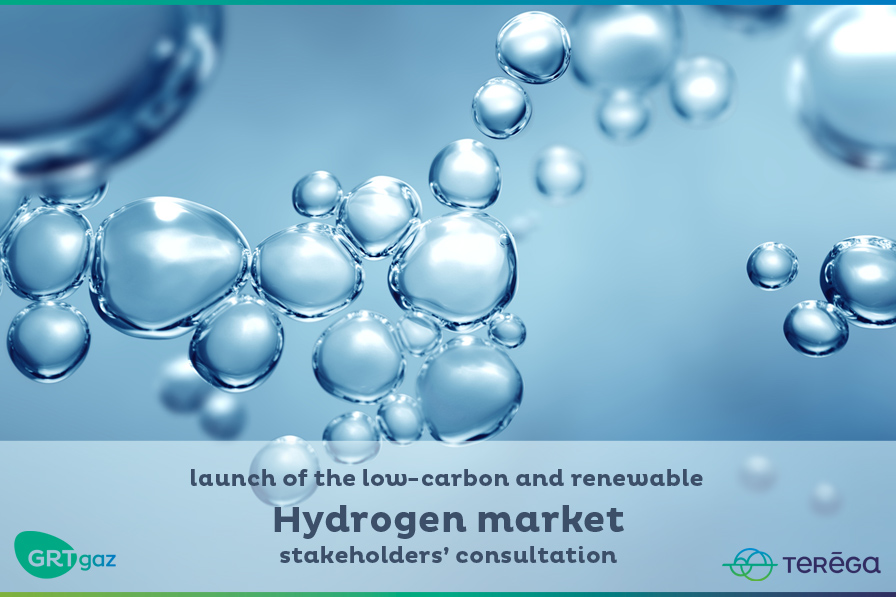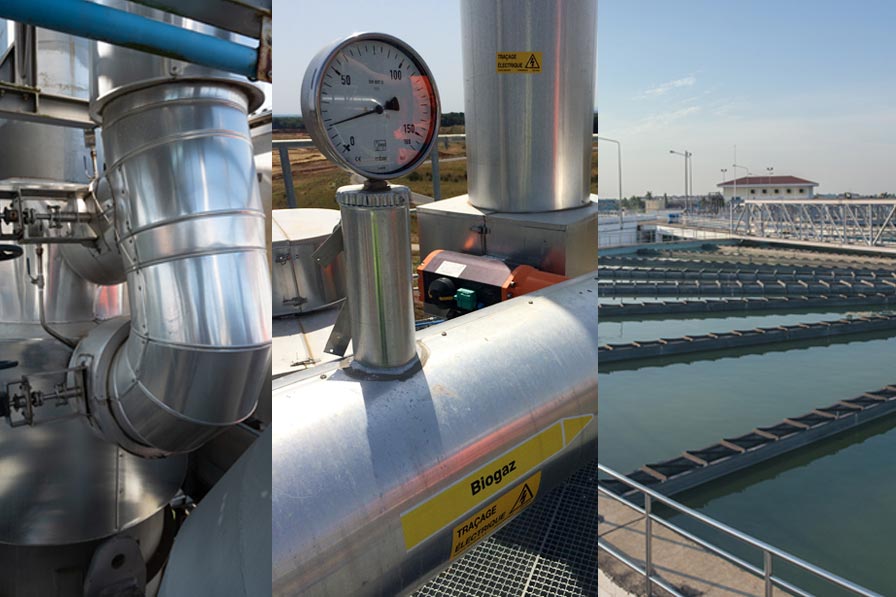Towards the creation of a hydrogen hub between France and Belgium

GRTgaz has launched an “Open Season” from 16 June to 16 September 2022 to confirm the economic interest in setting up a transport infrastructure between Valenciennes in France and Mons in Belgium, in collaboration with Fluxys. This initiative supports GRTgaz’s wider goal of stepping up the development of renewable gases and low-carbon hydrogen. Analysis by Marion Lacombe, Business Developer for Hydrogen Transport and Geoffroy Anger, Head of the GRTgaz Hydrogen Transport Division.

"After carrying out France’s first national low-carbon and renewable hydrogen consultation in 2021 and 2022, GRTgaz is launching an “Open Season” to confirm the economic interest in a pipeline hydrogen transport infrastructure around Valenciennes and extending to the Belgian border. Here, the network will connect with one that Fluxys plans to develop at the same time around the city of Mons in Belgium."Marion Lacombe
Business Developer for Hydrogen Transport
What is the background to this Open Season for the first open-access cross-border hydrogen transport network?
Marion Lacombe.
After carrying out France’s first national low-carbon and renewable hydrogen consultation in 2021 and 2022, GRTgaz is launching an “Open Season” to confirm the economic interest in a pipeline hydrogen transport infrastructure around Valenciennes and extending to the Belgian border. Here, the network will connect with one that Fluxys plans to develop at the same time around the city of Mons in Belgium.
The north of France seemed well-suited to the emergence of a producer and consumer ecosystem comprised mainly of industrial companies focussed on low-carbon energies.
What strategic goals does this meet?
Geoffroy Anger.
The Hydrogen Division was set up just under a year ago. Its role is to identify development opportunities throughout the whole of France. The MosaHYc project in Moselle and the HYnfraMed project in Provence-Alpes-Côte d'Azur have paved the way for our wider goals. Initially, this involves developing local hydrogen ecosystems, then interconnecting these basins to offer competitive, reliable transport solutions for hydrogen consumers and producers. This aim ties in perfectly with the European hydrogen backbone initiative led by GRTgaz, which seeks to unite all gas transport operators as part of an expected 40,000 km network by 2040.
How is dialogue with local stakeholders important for developing hydrogen networks?
Geoffroy Anger.
The project in collaboration with Fluxys shows the company's strategic ambition: to establish GRTgaz's role within large-scale interconnected networks by drawing on local expertise, being attentive to regional stakeholders’ needs, and using coordinated planning with neighbouring gas transporters.
GRTgaz’s involvement in regional planning is a product of this continual dialogue with all stakeholders, local consumers and producers, and the local authorities.
Marion Lacombe.
I would add that this is an ongoing dialogue, which will be central to the second phase of the Valenciennes Open Season from the end of next October. Once stakeholders’ needs have been identified, and based on the results of our feasibility study, we will support producers and consumers with the design of the infrastructure, its route, and its financing.
« Pour répondre aux enjeux de transition énergétique et de souveraineté énergétique en Europe, accentués par le conflit ukrainien, la connaissance fine des acteurs du marché et des parties prenantes est une obligation pour être au rendez-vous des ambitions françaises et européennes en matière de déploiement de la filière hydrogène. »Geoffroy Anger
Head of the GRTgaz Hydrogen Transport Division
What goals does the Hydrogen Division have for the coming years?
Geoffroy Anger.
Open Seasons and their distinctive co-construction processes are a cornerstone of GRTgaz’s hydrogen development strategy. Both French and European ambitions for the hydrogen sector require an in-depth understanding of market players and stakeholders to meet the challenges posed by the energy transition and for European energy sovereignty, which the conflict in Ukraine has exacerbated. Future local consultations should allow GRTgaz to develop up to 1,000 km of network by 2030, and to become Europe's leading hydrogen transport operator.

